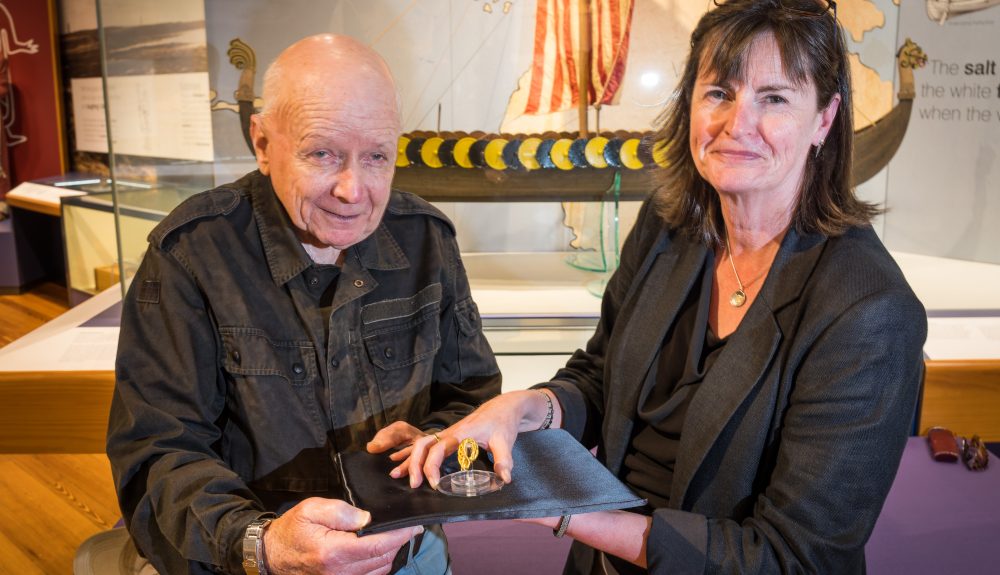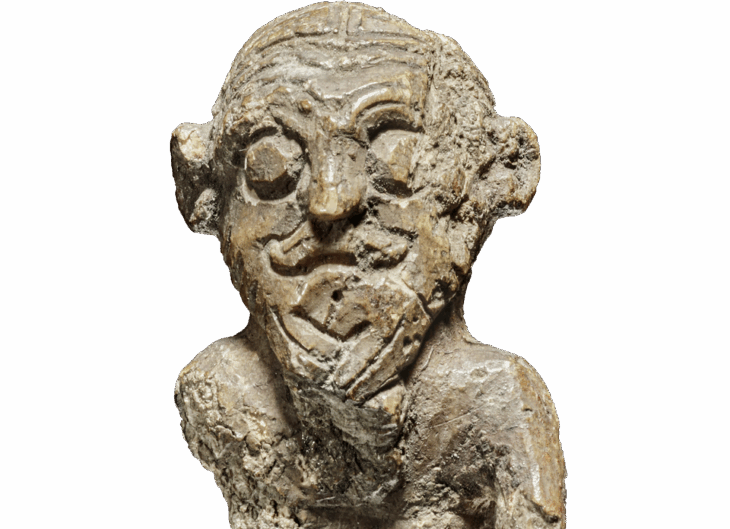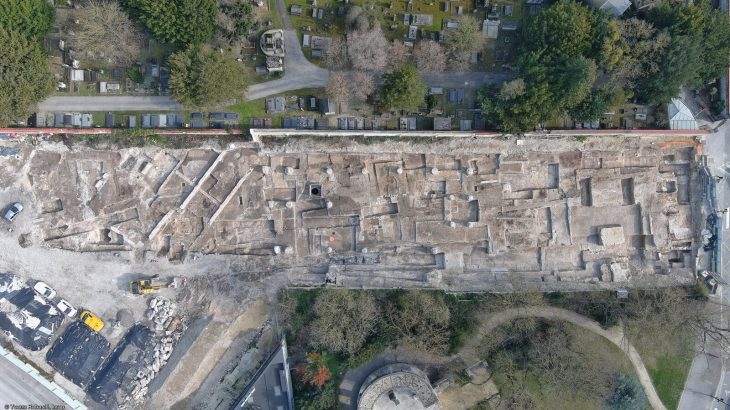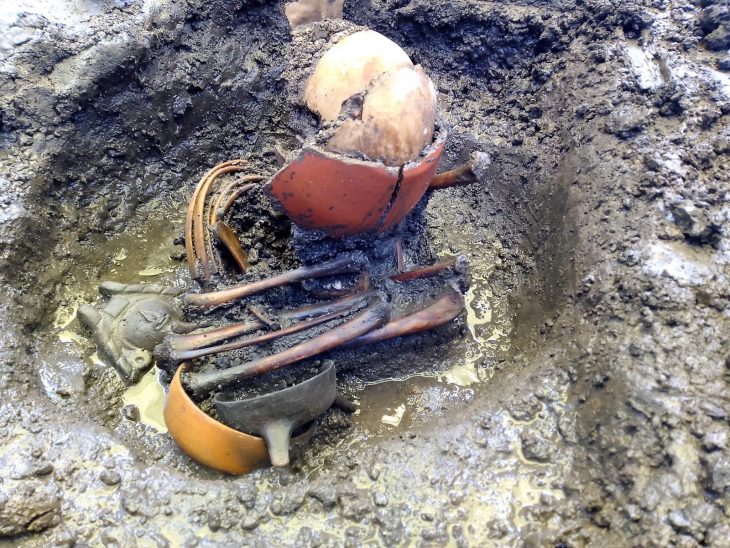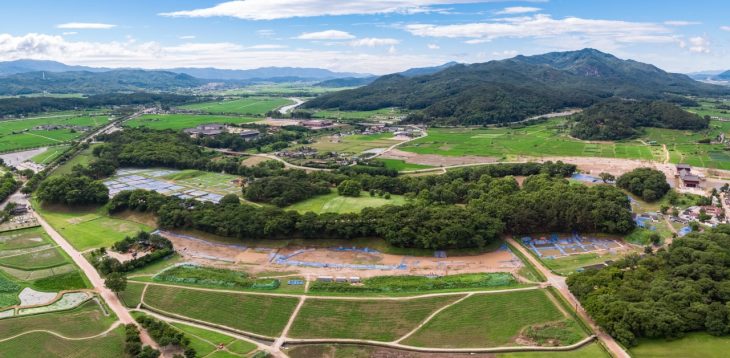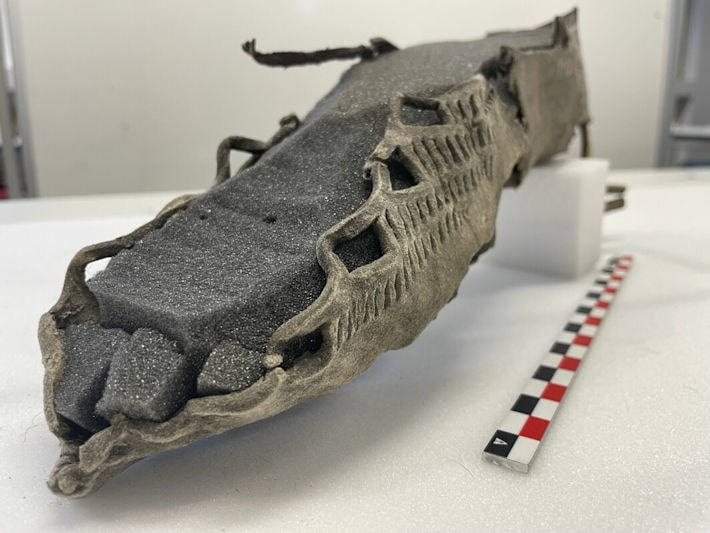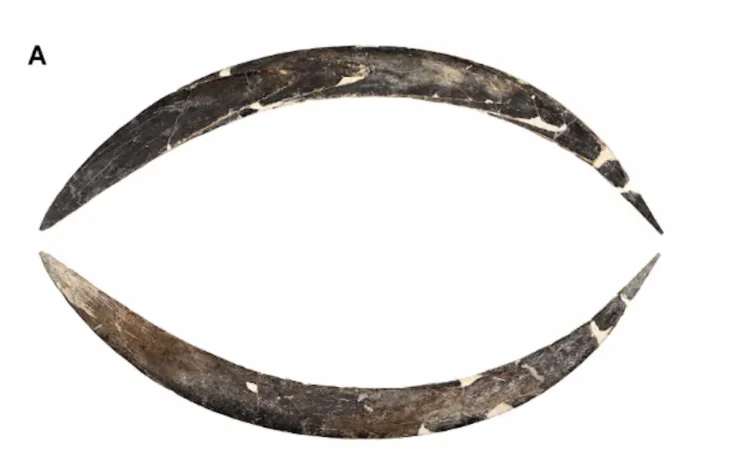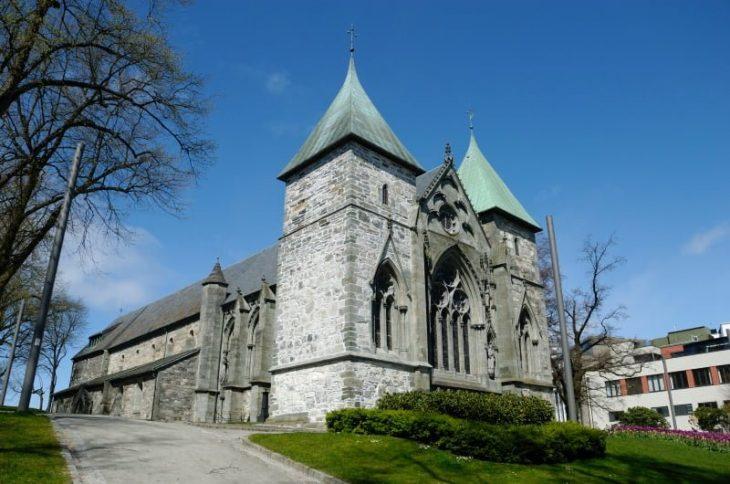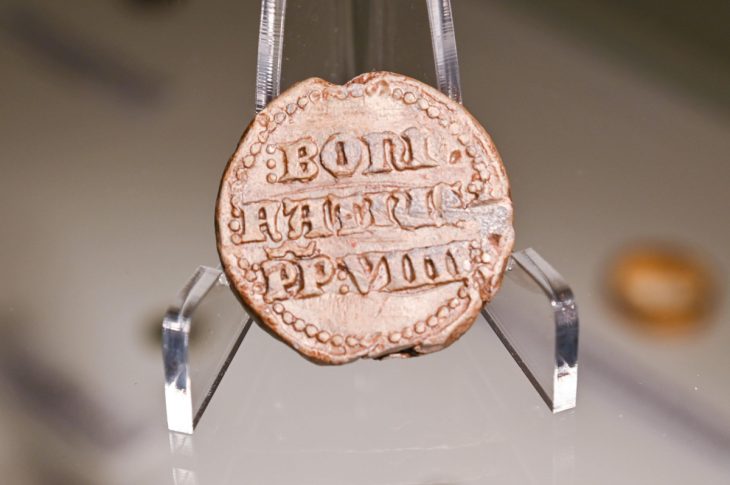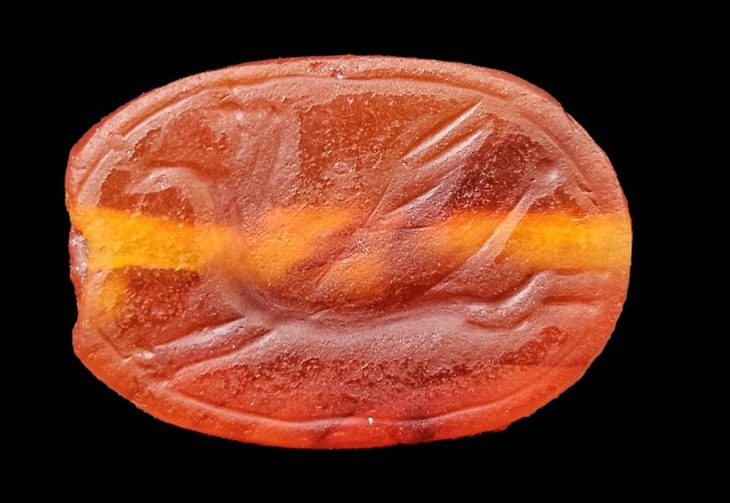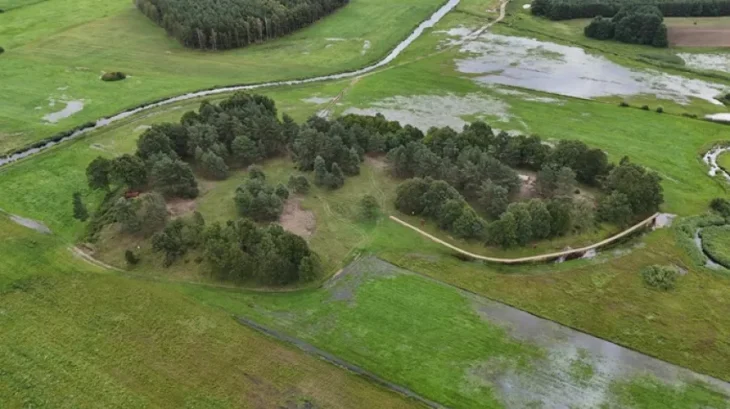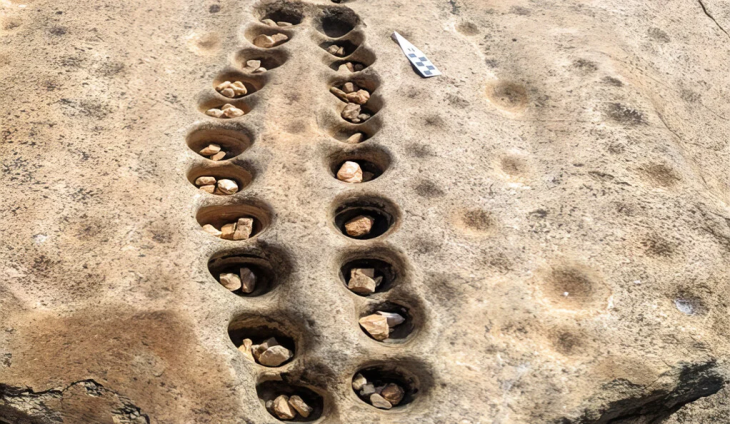A remarkable piece of Viking gold has been unearthed on the Isle of Man, shedding new light on the island’s Norse heritage. The discovery—a finely crafted fragment of a Viking arm-ring—was officially declared treasure this week by the Isle of Man’s Deputy Coroner of Inquests and is now on public display at the Manx Museum in Douglas.
The treasure was found by seasoned metal detectorist Ronald Clucas, a long-standing member of the Manx Detectorist Society, during a routine outing in spring 2025. In a poetic twist of fate, the find comes during Clucas’ 50th anniversary year in the hobby, marking his “golden jubilee” with a literal piece of gold from the Viking Age.
Dating back to approximately AD 1000–1100, the gold arm-ring fragment weighs an impressive 27.26 grams and measures 3.7 cm in length—about half its original size. Expertly crafted by plaiting eight strands of gold rods, the intricate technique used to create it indicates the work of a master Viking goldsmith.
“This was quite a shock,” said Clucas. “Gold signals are usually faint on detectors, so I didn’t expect to uncover something this significant. After all these years, to find a Viking artifact made of gold—it’s absolutely incredible.”
According to Allison Fox, Curator of Archaeology at Manx National Heritage, Viking-age jewelry served multiple purposes. “Such items were not only personal adornments but also clear symbols of wealth and were often used in financial transactions,” she said. “This piece was likely used more than once in trade, as it has been cut in two places—one removing the terminal end, and the other slicing the ring nearly in half.”
📣 Our WhatsApp channel is now LIVE! Stay up-to-date with the latest news and updates, just click here to follow us on WhatsApp and never miss a thing!!
During the Viking Age, the Isle of Man operated under a dual economy where both coinage and bullion, such as silver and gold, were used to conduct business. While silver finds from this period are relatively common, gold artifacts are extremely rare. This makes the discovery of the arm-ring especially valuable for researchers and historians.
The reasons for the arm-ring’s burial remain unknown. It may have been hidden for safekeeping, lost, or possibly offered to Norse gods as part of a ritual practice.
This is not Clucas’ first significant find. He previously discovered both silver and lead ingots on the island in 2005, but this latest find is by far the most exceptional.
The Viking gold arm-ring fragment is now on view in the Viking Gallery at the Manx Museum. Admission is free, with donations welcomed. Manx National Heritage extends its gratitude to Mr. Clucas, the landowner, and academic experts Dr. Kristin Bornholdt Collins and Professor James Graham-Campbell for their contributions to this important discovery.
Cover Image Credit: Manx National Heritage

